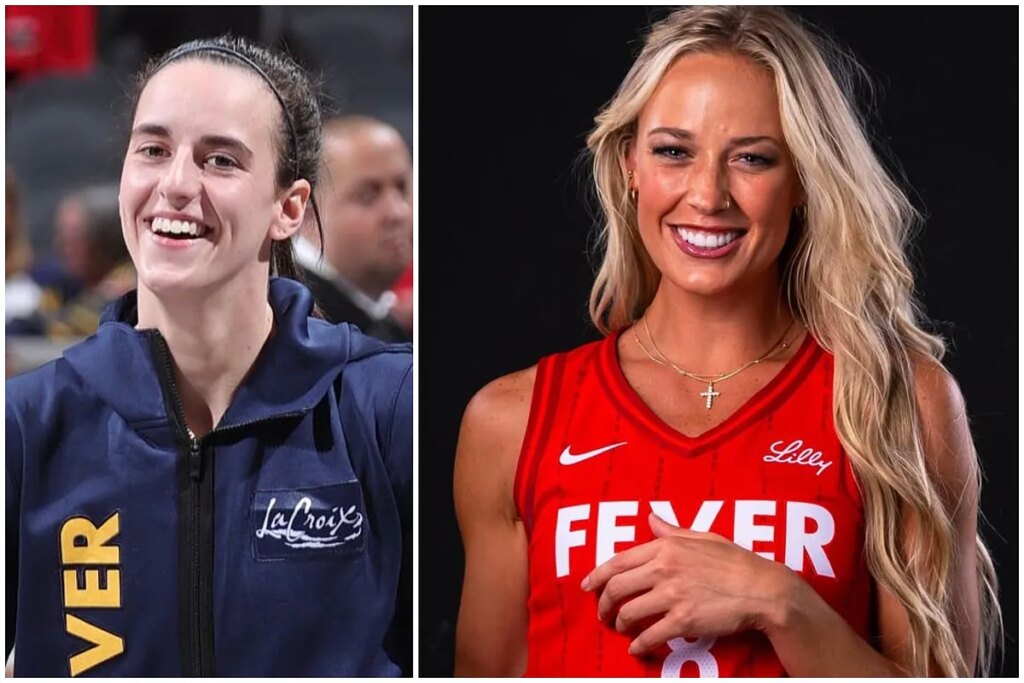With just over eight minutes to go in the second quarter against the Connecticut Sun, Bria Hartley collided with Indiana Fever guard Sophie Cunningham while attempting a pass, landing awkwardly on her right knee.
The 26-year-old Fever guard collapsed instantly, clutching her leg in clear distress. She was assisted off the court and ruled out for the remainder of the game.
Now, fans and teammates are anxiously awaiting the results of an MRI scan scheduled for Monday.
Injury concerns deepen as doctors weigh in
Although the team has yet to announce the exact nature of the injury, medical experts have already begun speculating.
Sports doctor Brian Sutterer took to his YouTube channel to offer his early thoughts, breaking down three possible scenarios based on video footage of the play. He addressed the worst-case scenario right away.
“Now, the primary things that are going to be on my differential here: of course, this can cause something like an ACL tear,” Dr. Sutterer said.
“We can see a forced valgus load, where a player falls into the outside of their knee, pushes it inward, and that can cause enough stress to tear the ACL.
“I’ll admit, just the impact and the positioning of her leg, to me, did not look quite as significant for something like this.”
That possibility remains a terrifying one for fans. ACL tears have become an all-too-common storyline in women’s sports.
Caitlin Clark‘s fellow Fever guards Aari McDonald and Sydney Colson already suffered season-ending injuries this month.
Around the league, names like Cameron Brink, Georgia Amoore, and JuJu Watkins have all been sidelined with torn ACLs.
And studies have shown that female athletes are more prone to these injuries due to joint flexibility and reduced muscle mass in the knee area.
However, Sutterer believes Cunningham‘s injury may fall into a different category – perhaps a less devastating one.
“Another thing to consider is, of course, if the knee buckles inward, you’re going to have stretch on the inside portion of the joint,” he explained.
“The MCL ligament sits on the inside of the joint, and so that can certainly cause some stretch in the MCL when the knee is pushed inward.”
Recovery from an MCL injury, while not quick, is generally more manageable. Past players like Natasha Howard and Damiris Dantas returned from similar setbacks in under five months.
Still, Sutterer offered another theory that could explain Cunningham‘s visible discomfort – a patella dislocation.
“Patella comes to the outside, the lateral side of the trochlea, from a combination of the knee being pushed inward,” he said.
“This is the position that is going to be most comfortable initially, because they can’t straighten their knee out since that kneecap is translated on the lateral side of the joint.”
Read the full article here


